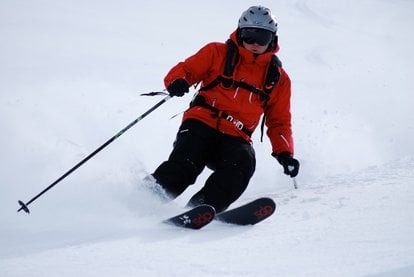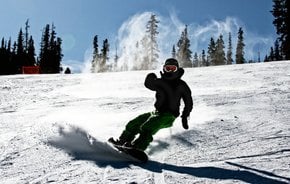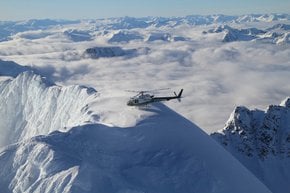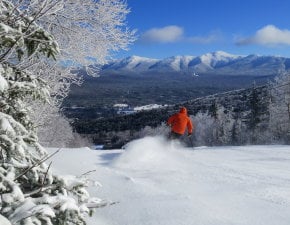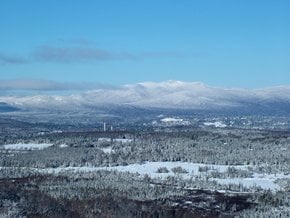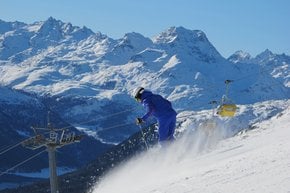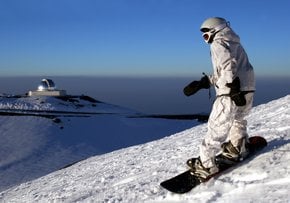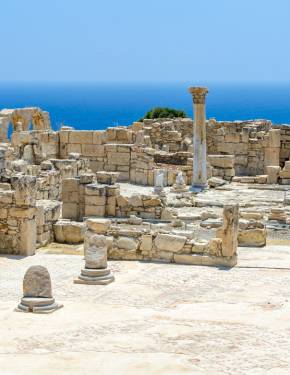Skiing Season in Turkey 2026
Turkey may not be a top skiing destination globally, but it boasts several decent resorts and offers heli-skiing
Best time: December–April | late January–early March (heliskiing)
Turkey is better known for its beach holidays than skiing, but the country’s mountainous terrain makes it well-suited for winter sports. With several ski resorts spread across the country, most are located in the north and enjoy an extended season. Remarkably, even the Mediterranean coast offers skiing opportunities, though with a shorter season.
Ski Season
Skiing in Turkey is best enjoyed from December to March, with some resorts, like Uludağ, staying open until late April. Heli-skiing, available in areas like the Kaçkar Mountains, runs from late January to early March. For an optimal experience, it’s recommended to confirm weather conditions and resort schedules before planning your visit.
Palandöken Ski Resort
The largest ski resorts in Turkey are found at Palandöken, home to the Ejder 3200 World Ski Center. Located in the Eastern Anatolia Region, this resort features 72 skiing slopes and offers 43 kilometers of terrain for skiing and snowboarding. Sixteen lifts transport guests, and the winter sports area spans elevations from 2,148 to 3,140 meters. The opening times are from 9 am to 04:30 pm.
Erciyes Ski Resort
Erciyes, located in Central Anatolia, is one of Turkey's largest ski resorts, featuring 55 skiing slopes and 14 lifts. The winter sports area spans elevations from 2,088 to 3,346 meters, offering 41 different ski slopes that total 112 kilometers, supported by 154 artificial snow machines. Catering to skiers of all levels, Erciyes provides professional slopes as well as family-friendly areas alongside modern facilities, restaurants, and accommodation options.
Ski Pass Prices
Erciyes Ski Resort offers various ticket options: a single exit ticket costs 60 Turkish Lira (TL) for adults and 45 TL for children. For multi-exit tickets, a 7-exit ticket costs 300 TL for adults and 250 TL for kids, while a 14-exit ticket costs 430 TL for adults and 350 TL for children. A 30-exit ticket is priced at 830 TL (adults) and 650 TL (children). Additional options include a 50-exit ticket for 1200 TL (adults) and 950 TL (children), a 100-exit ticket for 2250 TL (adults) and 1650 TL (children), and a 200-exit ticket for 3650 TL (adults) and 2950 TL (children). The resort world from 9 am to 4 pm.
Uludağ Ski Resort
Uludağ Resort is Turkey's oldest and most popular ski destination, boasting the highest elevation of 2,500 meters. With 28 kilometers of slopes, it offers breathtaking views of the Marmara region, including nearby Bursa and its islands. While skiing is the main attraction, visitors can also enjoy hiking, sledding, and snowboarding. In addition to Uludağ, both Palandöken and Erciyes feature over 50 slopes each, making them prominent options for winter sports enthusiasts.
Ski Pass Prices
The day ski pass price for adults during the main season is TRY 950, with operating hours from 9 am to 6 pm.
Other Resorts
Other smaller ski resorts in Turkey include Kartalkaya, Kartepe, Sarıkamış, and Ilgaz. Elmadağ is the smallest, offering only 1.5 kilometers of skiing area. Saklıkent Ski Resort has a shorter season, operating from mid-winter to early spring. Kartepe, situated at the lowest elevation of 1,400 to 1,700 meters, is ideal for beginner and intermediate skiers.
Heli-skiing in Turkey
For an authentic free ride experience, consider helicopter skiing in Turkey. This thrilling activity is available from late January to early March, specifically in the remote slopes of the Kaçkar Mountains in Rize province. During this period, you can hire a helicopter for an entire week, allowing you to ski across 4,500 square kilometers of pristine terrain. Heli-skiing offers the unique opportunity to explore off-piste areas that are otherwise hard to reach, making it an exhilarating option for adventurous skiers.



